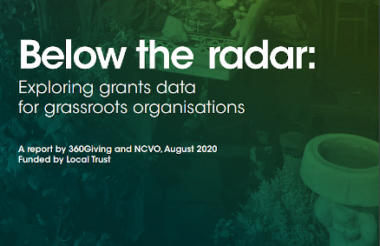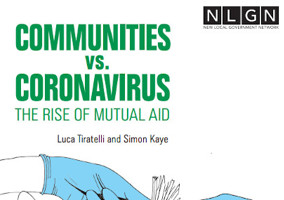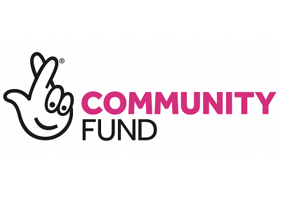The National Lottery Community Fund (NLCF) leads the way in funding grassroot groups in the most deprived parts of the UK, according to a new report.
The report, Below the Radar: Exploring Grants Data for Grassroots Organisations, which looks at funding for very small community groups including those operating “below the radar” of the Charity Commission, finds that over half the grants made by the NLCF to these groups go to organisations working in the poorest third of the country.
This is higher than the proportion of total grants going to all charities in these areas, and also higher than the percentage of grants other funders make to “beneath the radar” groups working in the poorest parts of the UK.
Benefiting the most deprived areas
With reference to the indices of multiple deprivation, the report says that NLCF grants to these very small groups “tend to benefit more deprived areas: more than half (53%) of those grants went towards organisations in the 30% most deprived areas.
“This is higher than the total proportion of grants (39%) going towards the 30% most deprived areas. Grants to below-the-radar organisations from other funders were fairly equally spread between areas of lower and higher levels of deprivation.”
Looking back to the left behind
The NLCF has also targeted more funding to “beneath the radar” groups in the so-called “left behind” areas of the UK, as defined by Oxford Consultants for Social Inclusion.
The Local Trust report says: “13% of grants in these [left behind] areas go to below the-radar organisations funded by the NLCF, compared with 7% for other areas, suggesting that the NLCF is an important funder for these areas.”
Who they are and what they do
The report identifies 12,800 local organisations which, because of their informal set-up and low income, are not registered with the Charity Commission yet fulfil essential roles in their communities. In addition, it looks at some registered grassroots charities which appear on the regulator’s database but are so small that very little information has previously been collected about them.
The report uses 360Giving data to identify patterns in where the groups operate, what they do, and how they are funded.
It says that the top three funded activities for “below the radar” organisations are arts and culture, education and training, and green spaces. The largest proportion of funding for very small registered grassroots charities went to organisations working with young people.
Capital
A large proportion of grants made by funders to “below the radar” charities went towards capital spending on buildings and equipment, excluding NLCF.
Some 22% of grants to these groups were for work on buildings, and 10% towards buying or fixing equipment. For registered grassroot charities, the proportions were 19% and 13%.
The report notes that “for many groups, these spaces and facilities provide the places where their work can take place.”
Local Trust: Consign 'hard to reach' to history
In the foreword to the report, Manny Hothi, director of policy at Trust for London and a trustee at 360Giving, argues that better understanding and supporting “below the radar” groups will ultimately allow the sector to change the way it thinks and talks about small grassroot charities.
Hothi said: “Too often, the phrase ‘below the radar’ is interchangeable with ‘hard to reach’. It is institutional shorthand used to illustrate the difficulties that local authorities and other large organisations have engaging with minority communities.
“These sorts of phrases should be consigned to the past. The use of 360Giving data shows that you can find them if you look hard enough — and if you can find them, you can support them in their efforts to meet the needs of their communities.”
Related articles











